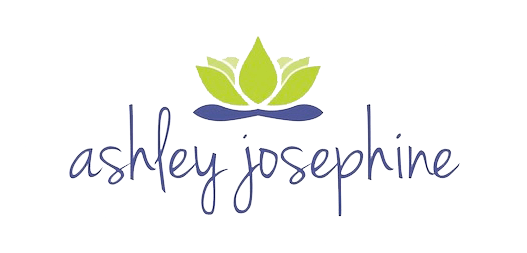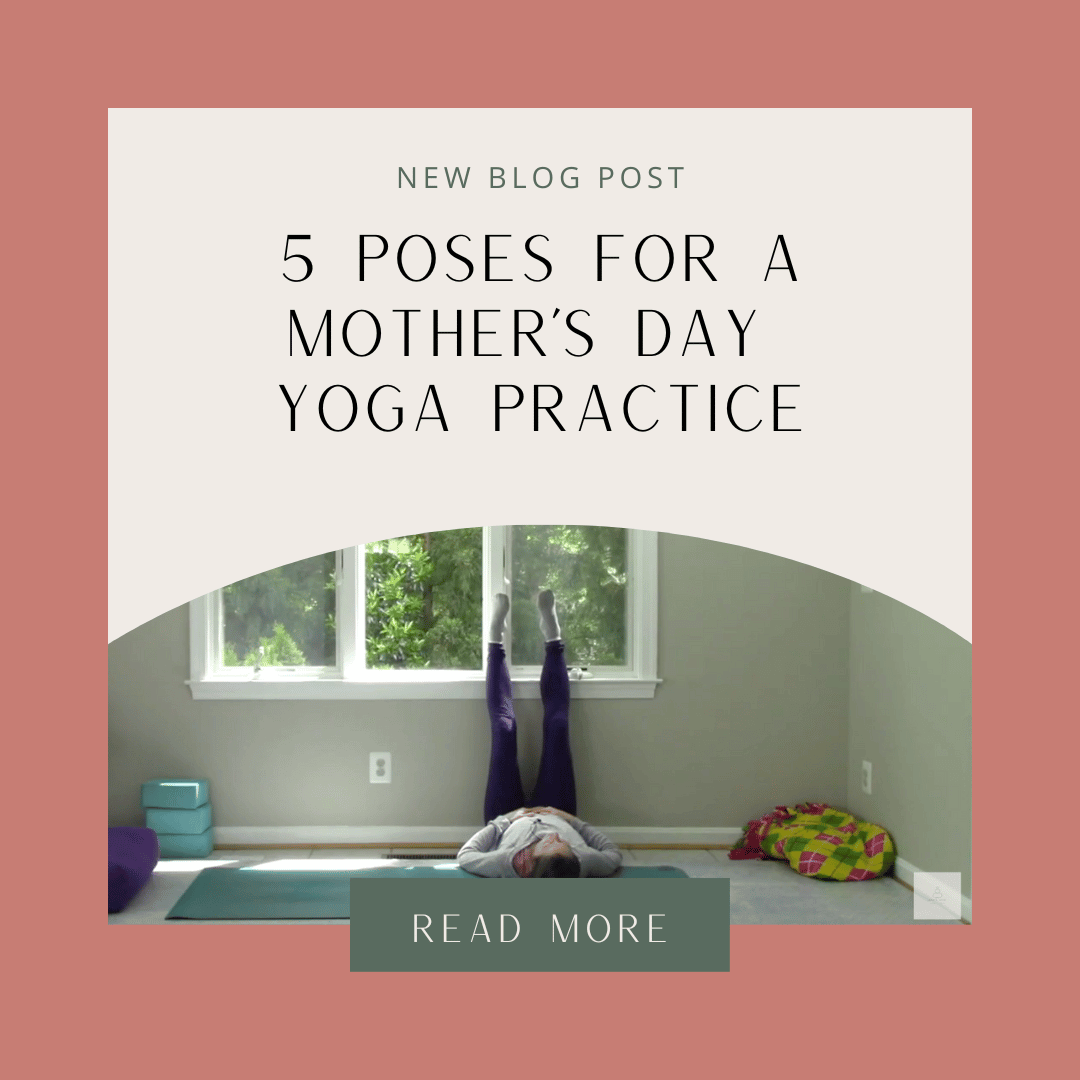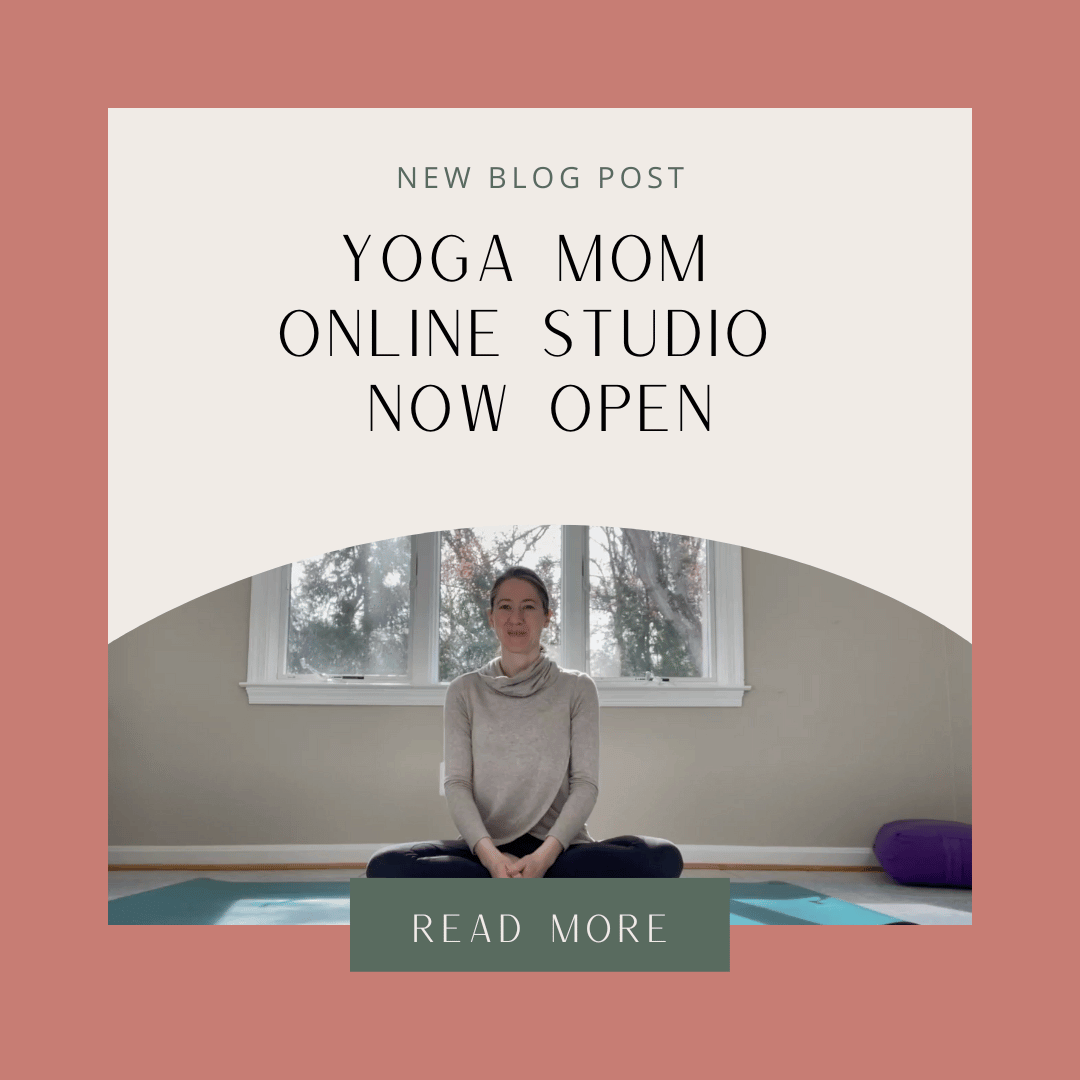At the end of every class I teach, I always invite my students to ask me any questions or offer feedback about the class.
Often, students will come up to me after class and ask for guidance about yoga for physical injuries that are bothering them or keeping them from progressing in their yoga practice.
There isn’t one question that I’m asked more, but there is one category of question I’m asked more then any other and that is this:
“XYZ hurts/I have this problem. What postures can I do to fix it?”
First, I have to say I’m not a doctor, so I can’t tell you what to do. I cannot diagnose or prescribe. But I can listen. Strangely (but not strange at all, really), that seems to be more helpful then the prescriptions often offered from actual doctors.
Secondly, I am grateful to have undertaken my own deep-dive into studying the human body and anatomy, so I’m often able to offer suggestions about where my students can start to ask questions depending on how familiar I am with XYZ and “this problem.” I know, I know. I too have loathed teachers (ahem, high school chemistry teacher) who refuse to give me answers and instead prefer providing more questions. But I’ve come to learn that’s the mark of a REALLY good teacher — someone that helps you learn more about yourself.
In that spirit, here are some questions you can ask yourself no matter what ails you these days. I can’t guarantee you’ll magically heal overnight (in fact, I can almost guarantee that you won’t), but I know that you will learn something, and that might prevent the ailment from getting worse or coming back. So that’s something, right?
**Sidenote :: I’m also currently dealing with a minor injury of my own, so I put myself through a similar series of questions and exploration to help me figure out how to assist my body in it’s healing process**
**Second sidenote :: This is not meant to serve as medical advice. If you have a problem, go see a doctor, please.**
7 question to ask when something’s just not right
What do you need? Really.
We have been primed as a society (blame Google?) to go outside of ourselves for answers. Since answers are literally at the tip of our fingertips most every second of every day, why take a moment to really ask ourselves if we know the answer to our own questions? Have you ever stopped to ask yourself what you really need to heal? Sit down, take a couple minutes, ask yourself this question, and listen deeply to what your body has to say (don’t let the ego/mind get in the way).
You might be surprised to find out you already have all the answers. And they might seem really weird, but still be exactly right. For example, when you ask me what postures you should do to help you with your sore hamstring, you’re expecting me to give you a good hamstring stretch. I can do that. But when you ask yourself, you might find your body telling you you just need to read a good book, which seems to have nothing to do with your hamstring but will get you off your feet, give your body some time to rest, and help your body (and BONUS: mind) heal. Go with it.
What do you know about the area of your body that’s giving you trouble?
It’s a sad shame how little most of us know about our own body and how it functions. It’s time to do some learning. Anatomy can be super overwhelming, so start with what’s interesting to you at the moment, aka, the area of the body that’s giving you problems. Get yourself a good anatomy book (see my recommendations below), and read up on the hips or the legs or the spine or the shoulders or whatever. Arm yourself with the knowledge of how your body works and you’ll better understand how to help your body heal better. Read up on the bones, joints, and muscles, as it applies, in the area of your body that needs some love.
My three go-to anatomy books these days (they’re yoga-based, except for the first one, so they’re a little more user-friendly then an anatomy textbook for a college course — and cheaper):
- Trail Guide to the Body by Andrew Biel
- Functional Anatomy of Yoga by David Keil (ha, that’s funny, Biel/Keil!)
- Anatomy of Hatha Yoga by H. David Coulter (this one is DENSE, so you have to be committed to enjoy this one)
What makes your issue worse and what makes it better?
Put yourself through your own Direction of Movement Test to figure out which directions of movement make you feel better and which directions of movement make you feel worse. If you aren’t familiar with the directions of movement, at least be able to name what daily movements make you feel better/make you feel worse, for example sitting, standing, lying down, lying on your side, twisting, etc. Then stop doing what makes you feel worse and go back to your anatomy books to figure out what muscles aid in producing that movement.
Walking into your doctor’s office with this level of knowledge about your body will make your doctor’s appointment go MUCH more smoothly and will help your doctor give you a better diagnosis, simply because you’ve thought about all of this before you walk into the office and you have definitive answers rather then best guesses.
What self-care strategies will help you feel better?
One common response to injury I see often is a total withdrawal from activity. In some cases, this is absolutely necessary, but often, it’s extreme. Your hip is sore? Oh, I guess you can’t do any yoga. Well, actually, there are many different kinds of yoga and while every issue is unique, while you may not benefit from your normal Vinyasa class, you might actually really benefit from a good Restorative class.
One thing to remember is that there is nothing in the body that works in isolation. That means when you have a knee problem, it’s important that you also look at what’s going on in the hips and feet. So maybe you can’t bend your knee or bear weight, but you may do yourself some good by stretching the feet and the hips (in that Restorative class!). In Yoga Tune Up®, we call this concept up-stream and down-stream. It might not do you any good to roll on a torn hamstring, but you sure can roll on the calves and glutes and lower back to alleviate the compensatory tension happening as a result of your hamstring not being able to hold its own.
Are you in denial?
If there is seriously something going on there is not going to be one posture that is going to help you. In fact, you might actually benefit most from stillness. I know. I said it. You might need to rest a bit. Sit out your normal class for a few weeks and see if the body heals. That’s called balance. Pushing yourself through an injury, even an annoyance, is not going to help you. Easing off, creating space, and embracing stillness will jumpstart your body’s natural ability to heal. But you’ve got to accept the fact that you need healing in the first place. Remember, healing doesn’t make you less of a person. It makes you smart.
What else is going on in your life that might somehow be connected to this?
What are your patterns of movement and habits in your daily life that could have contributed over time to this issue that is suddenly presenting or not going away? Do you sit at a desk all day long? Are you driving for long hours in a crappy car seat? Are you a dentist that has to maintain what may be one of the cruelest work postures in the world for long periods of time? What can you change on a day-to-day basis to avoid this issue in the future? It’s as simple as elevating your computer to eye level to eliminate hunching over, checking your posture throughout the day, and making sure you’re getting up to walk around regularly. How can you bring more balance into your daily movement patterns? Asking yourself this question and taking the appropriate actions will actually start to address the root cause and not just alleviate the symptom.
What are you holding on to or not letting go of?
Going a layer deeper, if we can agree that we are more then just our body (and, let’s face it, you are not your body), then we also have to give equal weight to our thoughts and our emotions. Is there something you feel like you need to express? That doesn’t mean you have to tell the world, but maybe take some time to journal and get everything out on paper. Burn it when you’re done if you need to.
Many issues that happen at the joints are due to a compression of space. We need to let go both physically and metaphorically to open up more space in our body and in our lives so that we can bring ourselves back into balance. You’ll be amazed at how interconnected the emotional body is with the physical body.
There’s nothing to fix
Get away from the mindset of fixing. Instead, think about what you can do to bring the body back into balance. Fixing presupposes that something is wrong. Being out of balance is not wrong, it’s natural. It’s our body’s way of communicating with us that we need to pay more attention to a particular part of our life. We can either listen or ignore it.
You know your body better then anyone else, so why put the onus on others to tell you how to heal. Chances are, it’ll take you a longer time to get back to balance if you rely on others’ advice first over your own inner wisdom.
Of course, still ask me questions, and I’ll be happy to ask you these questions myself and guide you on your journey (and I’ll give you a few stretches you can do too :)), but think of me less as the person with the answers and more as the person who will guide you back to your own answers.
Happy healing!





